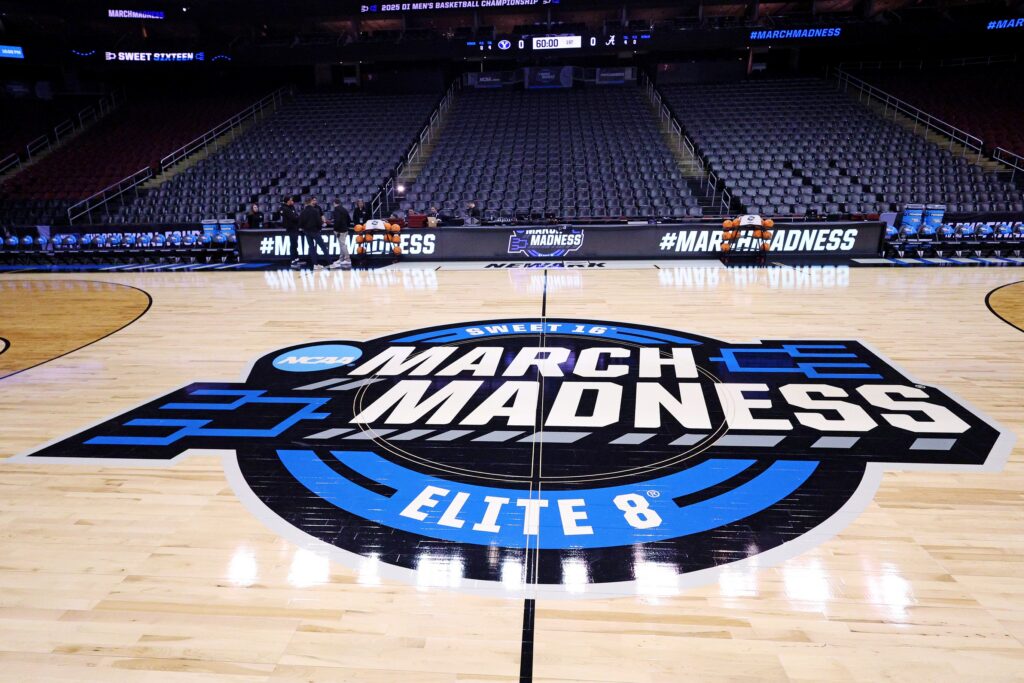College basketball has changed significantly over the last few decades, but few developments have been as influential or controversial as the rise of ‘one-and-done’ players. These are elite prospects who spend just a single season in college before heading to the NBA.
While the one-and-done era reshaped recruiting and player development, like the ability to try online casino slots for real money at Kokobet once did, it also set off a chain reaction that ultimately changed the entire ecosystem of college basketball, paving the way for the chaos and professionalization we see today with NIL and the transfer portal. But to understand how we got here, we have to trace the evolution of the system and examine how one-and-done prospects, once seen as necessary for elite programs, have fundamentally changed the college game forever.
The One-and-Done Explosion
When the NBA instituted its minimum age rule in 2006, few understood the consequences it would have for college basketball. Young stars like Kevin Durant and, later, Anthony Davis and Zion Williamson saw college not as a developmental stage but simply a necessary stop on the way to big salaries and flashy arenas. And as soon as they finished their lone season, they left campus, without even having time to properly settle in.
Coaches quickly recognized this as a new reality. Who would turn down a future superstar, even for just a year? John Calipari practically built an entire philosophy on this at Kentucky:
- You bring talent
- Win games and tournaments
- Say goodbye and prepare for the next wave of freshmen
But behind the glitter of highlights and memories of marching through March Madness, a different side hid. Teams ceased to be teams in the classic sense. Instead of cultivating cohesive rosters of players who would play side by side for four years, we began to see star-studded but temporary teams, teams of guys who would be wearing NBA numbers a year from now. Bonds between players were shattered, traditions were lost, and viewers sometimes even forgot who was on the roster.
College basketball became more like a showcase for future NBA stars than a game for their alma mater. And there is much less romance in that world than there used to be.
Limited Longevity
For more than a decade, ‘one-and-done’ players were the true heroes of the NCAA’s March Madness. John Calipari built the Kentucky team like clockwork: new faces every season, yet the results were impressive. Later, Mike Krzyzewski tried a similar approach at Duke and also achieved great success. These guys were incredibly talented, and sometimes their play was simply mesmerizing.
But this strategy had its drawbacks. Teams relied too heavily on short-lived star turns, and the program’s long-term identity suffered. Leaders came and went as if on schedule, and relationships with players sometimes seemed too transactional. Behind every resounding ‘one-and-done’ success were dozens of players who simply vanished into history without leaving a noticeable mark.
And this creates an imbalance that’s hard to ignore. Universities with access to these stars rose in the rankings, while small and medium-sized schools had almost no chance of competing, either for NBA berths or NIL revenue. The gap between the strong and the weak became too obvious, and it seemed almost impossible to stop.
The Core of a Problem That Changed College Basketball
The NCAA system has proven that this sport simply does not work anymore. Players are no longer interested in a long-term career. Most sign contracts for just one year, after which they must find more lucrative offers. The current recruiting process has become much more complex than it was just a few years ago.
But there have also been positive changes, the NIL and the transfer portal. Players are given additional opportunities, including the chance to earn a substantial salary, develop their skills, and choose the pace of their careers. It is possible that college basketball has outlived the days when it was considered less serious, because it’s now a more professional option.
Main image credit: © Vincent Carchietta-Imagn Images



